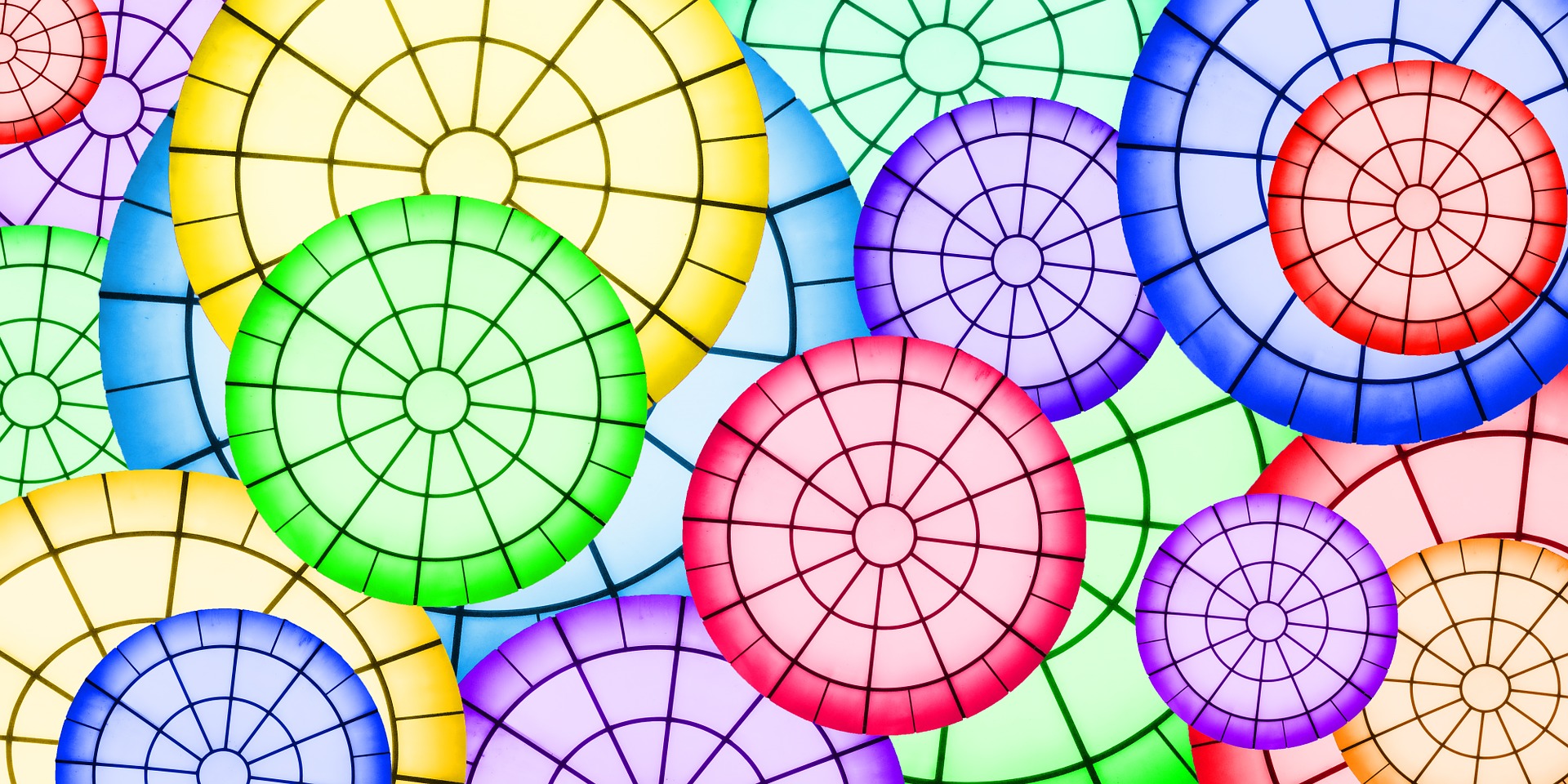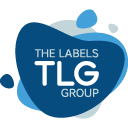If you look beyond a product label, you’ll see hours and hours of research, strategic planning, and creative thinking. One of the most recognizable bottle labels in the world, Coca Cola’s, is not only white letters in a nice italic font on a red background. It’s much more than that and involves deep understanding and analysis of this brand’s target audience.
So, when you head over to good old Labeley to design labels for your product, how will you go about it? Will you just choose any nice image, label shape and text font that appeal to your current mood, or will you prepare a more elaborate strategy for your design?
The first question to ask yourself is: who do you want to see, like and use your product? Are you creating something for males or females? Kids or grown-ups? The rich or the poor? Maybe your target group is not so easily profiled. Maybe it’s a mix of all ages and social groups. That certainly might be the case if your product was chocolate.
So, in order to use Labeley and your creative potential to the maximum, follow these guidelines.
How to choose the right shape
The first element you have to choose in order to use Labeley is label shape. As you already know, there are a lot of options there, not just the typical round, oval, square and rectangular shapes. There are some stereotypes about which shapes are preferred by men and which by women. Stereotypes or not, research shows that it’s wise to take them into account when branding a product. For example, shapes with hard corners and edges, flat surfaces and thick lines will appeal more to men, while round shapes, wavy or thin lines, soft edges and 3-dimensional look will appeal more to women.
Rules for picking color
Color is the most obvious label design element. A potential customer sees it before perceiving any other element, such as shape, graphics, text, etc. That is why it’s very important to pay close attention to the color combination on a label. For example, it makes a world of difference which country you’re planning to promote your product. If you’re launching a product that symbolizes purity in India, you should choose the red color, not white. But if you’re promoting the product in some African countries, you should steer away from red because it symbolizes aggression and death. Some studies suggest that a high percentage of both men and women like the color blue, but when it comes to the color purple, there’s a big discrepancy in how the sexes perceive it. Men don’t seem to like it at all, while a large percentage of women claim that it’s their favorite.
Size does matter
Size doesn’t always matter, but it’s really important in design. The size of the label should be proportional to the product, should follow the standard for that particular type of label (if it exists) and follow similar guidelines to those already described. That means that the size of a label on a product for kids and on a similar product for adults will probably not be the same. Children love big, colorful, very visual objects, while many adults like simplicity and inconspicuous design, so labels geared towards those kinds of adults would be smaller and subtle.
Types of material and which one to choose
Deciding on your label’s material is more a matter of practicality than of appealing to an audience, although that’s important as well. We’ll discuss this issue at length in one of the following blog posts, but for now, it’s important to recognize that not all label materials perform well in different conditions. For example, plain paper will not do well on beer bottles stored on ice buckets, but vinyl will. Transparent materials are appropriate for elegant products, such as cosmetics or wine bottles, while sturdy and chemical-resistant polyester is great for industrial labels.
Graphics: backgrounds and main images
Though you have a variety of choice when it comes to your label’s shape, color and size, there’s still a limited amount of choices. The same can’t be said for graphics. In this area, only sky is the limit. So when you think about an image to use for your label (both front and background), do your research well and be aware of what appeals to different types of people. The word has it that puppies are popular across different demographics, but they are not really applicable in all situations, are they? So, carefully explore your options and have fun in the process!
Hopefully, these tips have made it clear how to design labels to attract people to your product. Now’s the time to practice!


